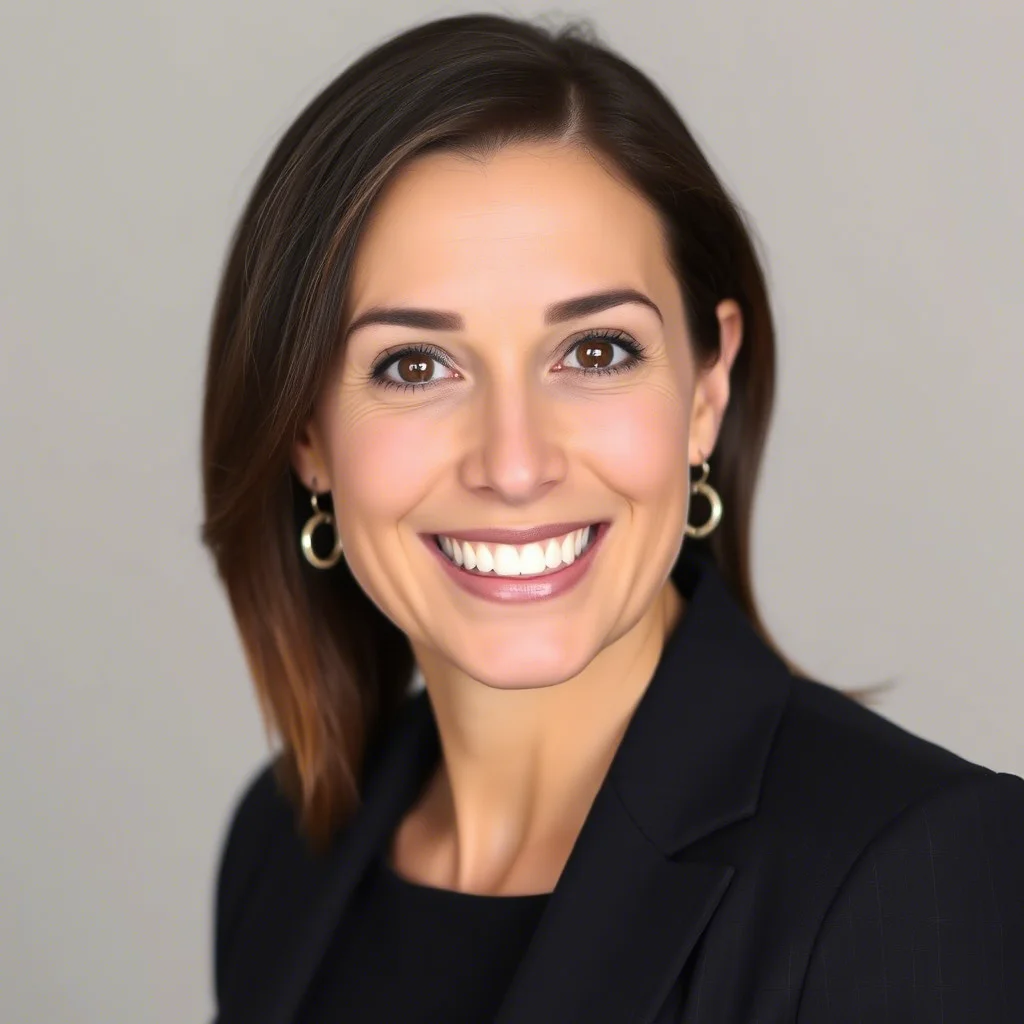Exfoliates the Skin: Benzoyl peroxide also acts as an exfoliant. It helps to shed dead skin cells, which can block pores and lead to pimples. By promoting the turnover of skin cells, it helps to keep the skin clear.
Reduces Inflammation: Acne is often accompanied by redness and swelling. Benzoyl peroxide helps to calm inflammation, reducing the size of pimples and promoting faster healing.
Benefits of Benzoyl Peroxide
Benzoyl peroxide is widely used for its effectiveness in treating pimples and acne. Here are some key benefits of using benzoyl peroxide:
1. Effective Treatment for Pimples
Benzoyl peroxide is one of the most effective ingredients in the fight against pimples. Whether you’re dealing with mild or severe acne, benzoyl peroxide treatments like benzoyl peroxide face wash and creams can help significantly reduce pimples by targeting the root cause of acne.
2. Fast-Acting
When used consistently, benzoyl peroxide shows visible improvements in the reduction of pimples. Users often notice that their acne improves within a few days of use, making it one of the quickest ways to tackle pimples.
3. Non-Comedogenic
Benzoyl peroxide does not clog pores, making it safe for all skin types, including sensitive and oily skin. In fact, it helps prevent clogged pores by exfoliating the skin and keeping pores clear, reducing the chances of future breakouts.
4. Reduces Oil Production
Excess oil on the skin is another contributor to acne. Benzoyl peroxide helps to regulate oil production, reducing the likelihood of clogged pores and the formation of pimples.
5. Versatile Treatment Options
Benzoyl peroxide comes in various forms, such as gels, lotions, and pimple moisturizers. Whether you prefer a lightweight gel or a rich cream, you can choose a formulation that suits your skin type and personal preferences.
How to Use Benzoyl Peroxide for Pimples
Using benzoyl peroxide correctly is essential for effective treatment. Here are the steps to follow:
Cleanse Your Skin: Start by washing your face with a gentle cleanser to remove dirt, oil, and makeup. Pat your skin dry with a clean towel.
Apply Benzoyl Peroxide: After your skin has dried completely, apply a thin layer of benzoyl peroxide treatment, such as a benzoyl peroxide face wash or gel, directly to the affected areas.
Moisturize: Benzoyl peroxide can dry out your skin, so it’s important to follow up with a pimple moisturizer or a non-comedogenic moisturizer to keep your skin hydrated.
Use Consistently: For the best results, apply benzoyl peroxide twice daily (morning and night). Over time, you will see noticeable improvements in the appearance of your skin.
Benzoyl Peroxide for Different Types of Acne
Benzoyl peroxide is effective for treating various types of acne, including:

Benzoyl Peroxide
1. Mild Acne
For mild acne, benzoyl peroxide is often sufficient to clear up breakouts. A 2.5% concentration is typically recommended for mild acne to avoid excessive dryness or irritation.
2. Moderate Acne
For moderate acne, a higher concentration of benzoyl peroxide, such as 5%, may be necessary to effectively treat pimples. This can be found in benzoyl peroxide face wash and gel formulations.
3. Severe Acne
In cases of severe acne, benzoyl peroxide can be used in combination with other treatments, such as oral medications or prescription-strength creams. For more severe cases, a 10% concentration may be recommended.
Possible Side Effects of Benzoyl Peroxide
While benzoyl peroxide is generally safe for most people, some may experience side effects. These can include:
- Dryness: Benzoyl peroxide can dry out the skin, so it’s essential to moisturize regularly when using this treatment.
- Redness or Irritation: Some users may experience mild redness or irritation, especially when first starting the treatment. This is usually temporary and should subside after a few days.
- Peeling: As benzoyl peroxide exfoliates the skin, some users may notice peeling, which is normal.
To minimize these side effects, start with a lower concentration (2.5%) and gradually increase as your skin gets used to the treatment.
Alternatives to Benzoyl Peroxide
While benzoyl peroxide is a powerful acne treatment, it’s not the only option available. If you find that benzoyl peroxide doesn’t work well for your skin or causes irritation, here are some alternatives:
- Salicylic Acid: Salicylic acid is another common ingredient in acne treatments that helps to exfoliate the skin and clear clogged pores. It is gentler on the skin than benzoyl peroxide.
- Tea Tree Oil: Tea tree oil has natural antibacterial properties and can help reduce the severity of pimples without causing excessive dryness.
- Retinoids: Retinoids are a class of compounds that promote cell turnover and prevent clogged pores. They can be effective for treating acne but may cause initial dryness and irritation.
Conclusion
Benzoyl peroxide is a tried-and-true acne treatment that has helped countless individuals achieve clearer skin. Its powerful antibacterial properties, ability to exfoliate the skin, and reduction of inflammation make it one of the best solutions for treating pimples. By following the correct usage guidelines and incorporating benzoyl peroxide into your daily skincare routine, you can enjoy smoother, pimple-free skin in no time.
If you’re looking to tackle your pimples effectively, consider adding benzoyl peroxide treatment to your skincare regimen. Whether you opt for a benzoyl peroxide face wash or a pimple moisturizer, this powerful ingredient is sure to help you achieve the clear, healthy skin you’ve been longing for.




